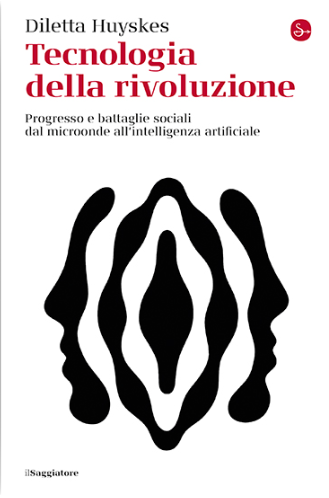Sara is a woman, a mother. She is unemployed, single, and an immigrant. Her identity is a layered one, singular and unrepeatable. These social characteristics will render her suspicious for the rest of her life. Because, to a mathematical model – and to her country’s government – Sara is only a set of markers that, added together, generate a high-risk score, a statistical prediction that transforms her into a potential criminal. But her only fault is that of being herself, and of sharing a similar profile to other people who existed and were accused before her.
This and many other stories show us that a single number calculated by an algorithm can change the fate of entire social groups, risking a return to ancient injustices, amplified by the way in which we use these tools today. Retracing the history of technology, we can also pass through the history of social exclusion: every invention, from the bicycle to the microwave, right up to artificial intelligence, is the result of precise choices, values and human compromises that cause strong impacts on society. Thanks to the rediscovery of many feminist contributions proposed during the seventies and noughties, Technology of Revolutions pushes us to reflect on how to intervene to ensure that technological revolutions don’t lead to social regressions.
In her book, she examines some of the groundbreaking and central issues of contemporary debate: what is gender blindness? In what way does gender influence technological progress? In what way can intersectionality – communal thought and action within minority classes – become the only way to think about the human race of tomorrow? How is it possible to avoid the eventuality of technology, steadfast symbol of universal progress, discriminating and hurting the most vulnerable people in our society? How is it possible, then, for technology to facilitate the advent of social revolutions?
Huyskes starts with clear examples, like the introduction of domestic technologies such as the microwave, which upon its arrival truly seemed like the realisation of women’s dreams of liberation: less time in the kitchen, more time for themselves; and yet, the illusions remained. Mere domestic appliances, nothing that could truly make a woman escape the constraints of the home. These reflections, examined in depth alongside the studies of Donna Haraway and Judy Wajcman, offer us a way to completely rethink ourselves within the context of gender and our relationship with technology.
As “Beyond utopia and gender,” one of the main chapters of the book, states, Diletta Huyskes’s reflections present themselves as the foundation for the new era of technological feminism, ready to deconstruct all of the old patriarchal assumptions and trigger the upheaval that awaits our era.
